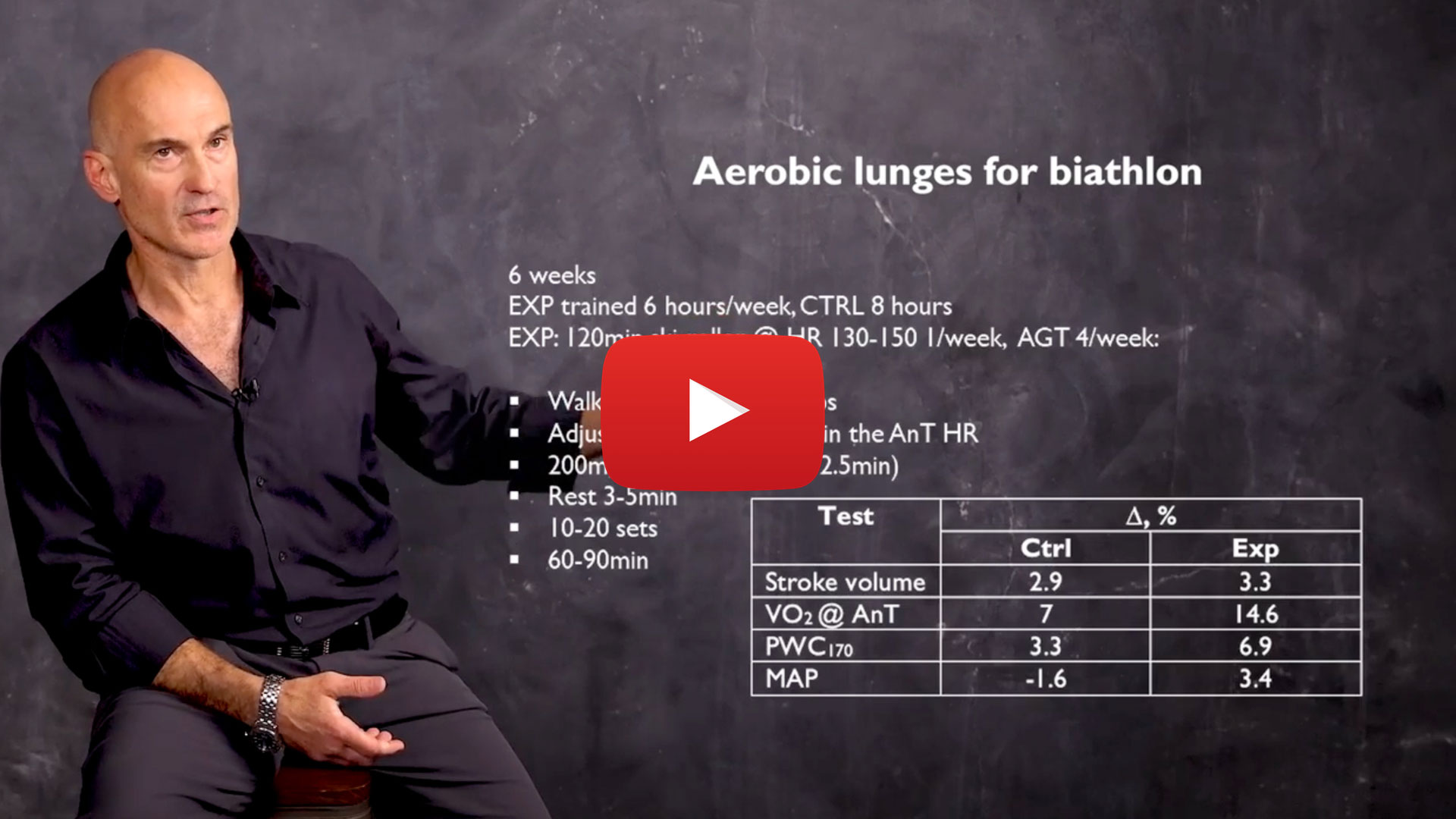JPCross
Level 6 Valued Member
The article posted today was excellent, IMO!
Definitely something I am interested in trying out as a compliment to some deadlift training I am getting back into and the rowing / erging training I've been doing.
I may be a bit biased as I have been doing a lot of lunges, both bodyweight and with a weight vest, for quite some time as lower body strength work (accompanied by pullups and pushups as well) when traveling for work, when pressed for time and want to get a full body session in, or if I am doing a little work in advance of The Murph.
Does anybody have any experience with a protocol like this or is anyone going to be giving it a go?

Definitely something I am interested in trying out as a compliment to some deadlift training I am getting back into and the rowing / erging training I've been doing.
I may be a bit biased as I have been doing a lot of lunges, both bodyweight and with a weight vest, for quite some time as lower body strength work (accompanied by pullups and pushups as well) when traveling for work, when pressed for time and want to get a full body session in, or if I am doing a little work in advance of The Murph.
Does anybody have any experience with a protocol like this or is anyone going to be giving it a go?

Uphill Lunges for Strong Endurance, Health, and Fat Loss | Pavel Tsatsouline
In intense full body exercise our hearts can supply only 1/3-1/2 of the muscles. To deal with this limitation, blood vessels in muscles and organs that are not too busy constrict while those in the working muscles dilate. This redistributes the blood flow, delivers more oxygen where it is needed...
www.strongfirst.com

